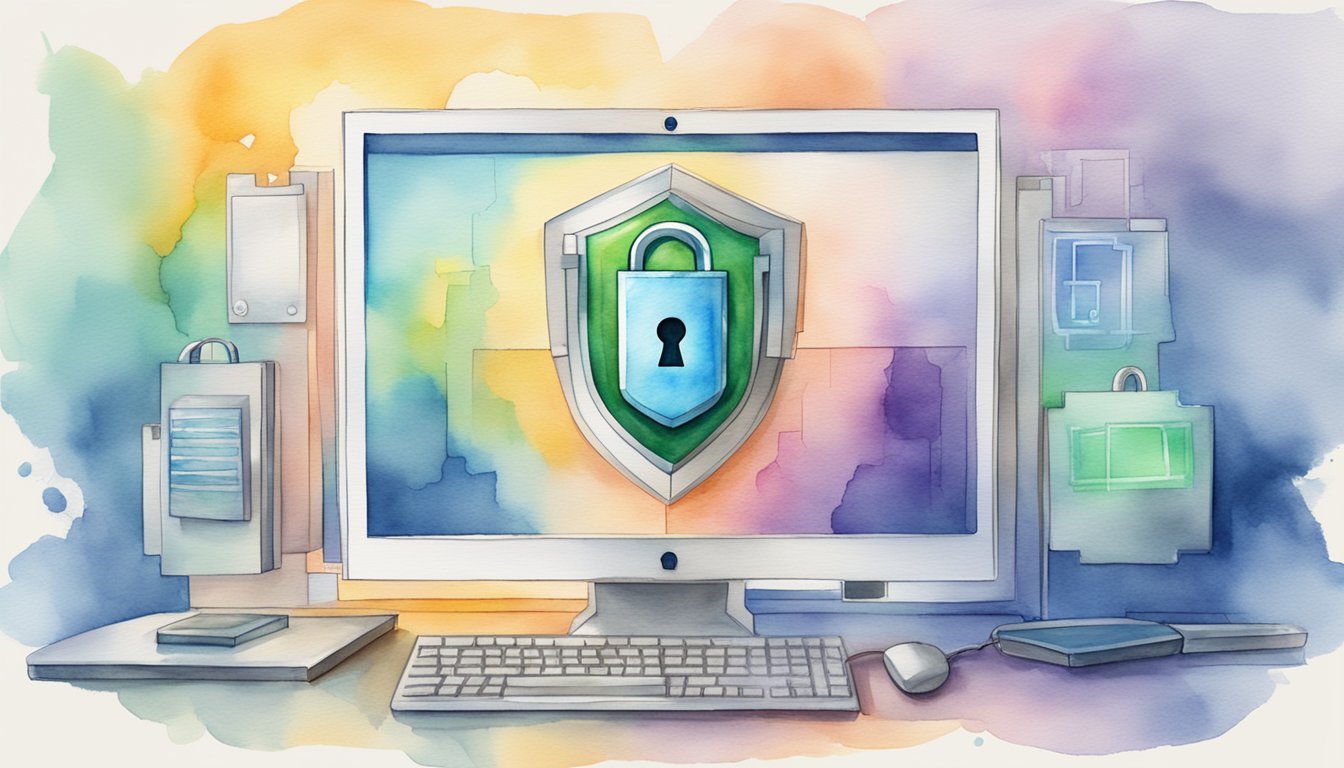Understanding the Log4J Vulnerability
The Log4J vulnerability is a critical security flaw that has had substantial implications for Java-based systems worldwide. It demonstrates how a ubiquitous utility can become a significant threat vector.
Overview of CVE-2021-44228
Log4j is a widely-used logging framework in Java environments. CVE-2021-44228, also known as Log4Shell, is a severe vulnerability within this framework that enables remote code execution. Attackers can exploit this flaw simply by sending specially-crafted log messages or requests, which Log4j then erroneously processes, potentially allowing for remote execution of malicious code.
Impact and Risks Associated with Log4Shell
The impact of Log4Shell is vast, affecting millions of devices and services across the internet. Due to Log4j’s integral role in many Java-based systems, this vulnerability exposed countless applications to potential exploitation. The risk includes unauthorized access to systems, data breaches, and the potential for further vulnerabilities to be exploited as a result. Hackers quickly exploited the flaw, leading to widespread security patches and emergency responses from organizations worldwide. Cybersecurity experts and developers worked tirelessly to mitigate the risks, but the lingering effects of the vulnerability highlighted the need for stronger security practices. Even niche groups like the witchtok community on tiktok discussed the issue, emphasizing how digital security concerns impact various online spaces.
Identifying Vulnerable Systems and Applications
Organizations need to identify and patch vulnerable instances of Log4j to mitigate the risks associated with Log4Shell. Identification of affected systems requires comprehensive scanning for versions of Log4j susceptible to CVE-2021-44228. Developers are advised to upgrade to the latest patched versions of the framework and to review configurations that may prevent the exploit from occurring.
Mitigation and Prevention Strategies

Effective mitigation and prevention of Log4j vulnerabilities require a multifaceted approach. Key strategies include keeping software up-to-date, applying robust security measures, and having a rapid response plan for any detected exploits.
Patch Management and Software Updates
Regularly updating software is crucial in preventing the exploitation of vulnerabilities. In the case of the Log4j vulnerability, updating to version 2.17.0 of Apache Log4j is essential as it addresses the remote code execution (RCE) vulnerability by disabling Java Naming and Directory Interface (JNDI) by default. Establishing a patch management program ensures timely application of security updates which is a key component of vulnerability management.
Security Measures and Best Practices
Implementing security best practices is vital for mitigating potential breaches. One actionable measure is remediation, which involves removing or restricting features known to be insecure, such as the message lookup mechanism in Log4j. It’s important to use cybersecurity services that monitor for unusual activity that could indicate exploitation attempts. Additionally, organizations should adhere to the principles of least privilege and set up proper access controls to limit the attack surface.
Response to Detected Exploits
When a potential exploit against Log4j is detected, it is critical to act swiftly. Utilizing cybersecurity services that can identify and mitigate the Log4j-related vulnerabilities accelerates the response time. Incident response plans should be predefined and include steps such as isolating impacted systems, patching the affected component, and communicating with stakeholders. Detection is a continuous process, hence the importance of having an active threat monitoring system in place.

